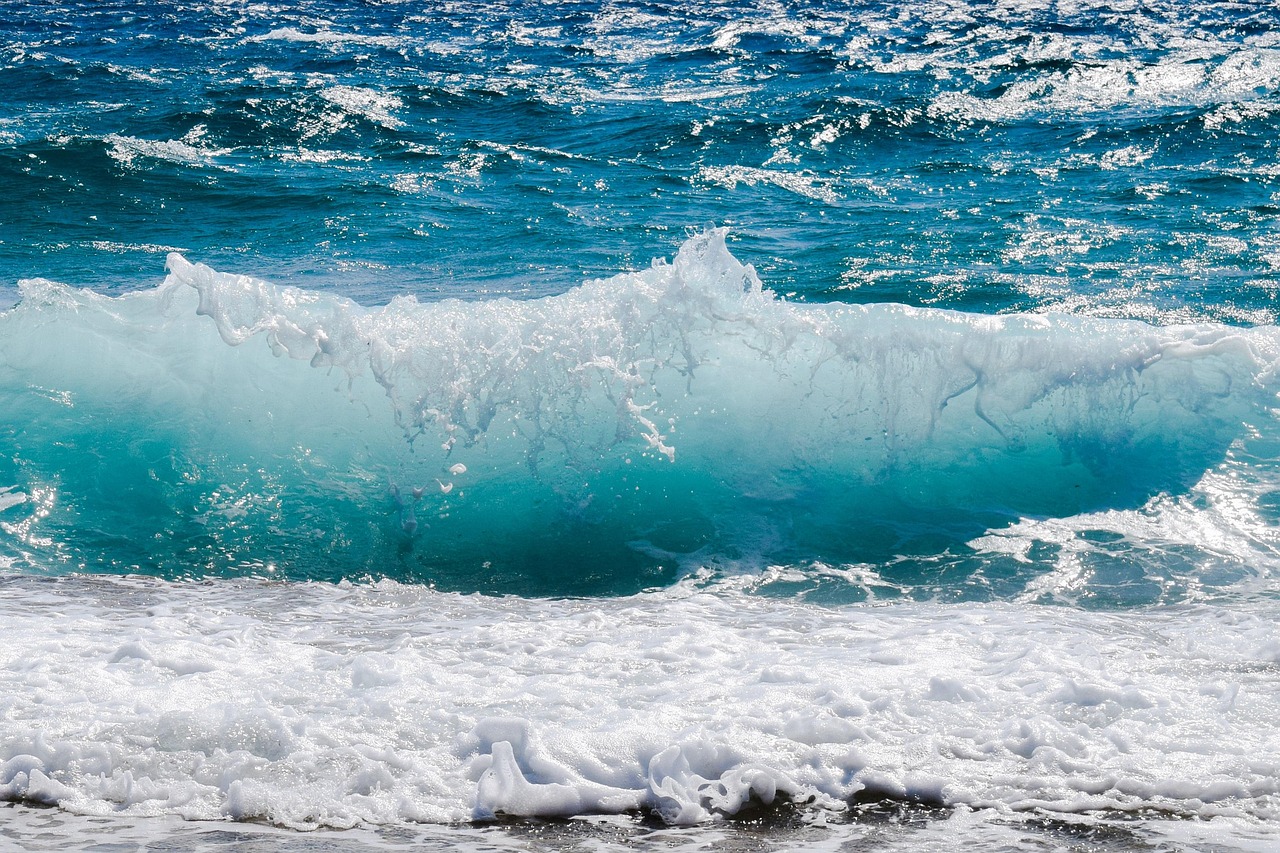
European Union ratifies High Seas Treaty, marking major step in international environmental law
How did your country report this? Share your view in the comments.
Diverging Reports Breakdown
European Union ratifies High Seas Treaty, marking major step in international environmental law
The European Union has signed a treaty with the United States. The treaty is aimed at preventing the spread of disease. It also aims to protect the environment and the environment’s ability to cope with climate change. The deal is expected to be completed by the end of the year. The EU is the only country in the world to have signed the treaty. It is the first time the EU has signed such a treaty. The European Union is one of the few countries that has signed the agreement with the U.S., which has signed on to the deal.
Adopted at the Intergovernmental Conference on Marine Biodiversity of Areas Beyond National Jurisdiction, the BBNJ contains 75 articles created to ensure responsible marine use, and to preserve marine biological diversity. The Agreement serves as a “third implementing agreement” to the UN Convention on the Law of the Sea (UNCLOS), providing a procedure for creating large-scale marine protected areas in the high seas. The result of two decades of work, BBNJ has been heralded as a “historic achievement” by UN Secretary General Antonio Guterres. BBNJ aligns with UNCLOS, extending jurisdiction to areas beyond national jurisdiction to address matters of pollution, over-exploitation, climate change, and biodiversity.
Covering three-quarters of the Earth’s surface and accounting for 99 percent of the planet’s living space, the ocean faces a dire future as it is polluted by an estimated 5 to 12 million metric tons of plastic per year. BBNJ’s ratification comes at a time when the ocean’s sanctity is under threat. A European Court of Auditors (ECA) report showed that pollution rates in the EU’s seas between 2014 and 2024 suggest that the actual number of ocean contaminants is unknown because of the governments’ failure to implement existing legislation. The ECA noted in its report that the presence of loopholes within otherwise comprehensive legislation allows responsible ships to evade penalties, citing concerns over the possibility of setting a dangerous precedent that could complicate efforts to enforce BBNJ.
Commissioner for Fisheries and Oceans Costas Kadis took a more optimistic view, stating that, “Today the European Union takes a historic step towards protecting the world’s oceans and preserving the delicate balance of our planet’s ecosystem. The ratification of the Treaty of the High Seas is a testament to our commitment to responsible and sustainable ocean governance, and we urge all countries to join us in this effort.”
European Union ratifies High Seas Treaty, marking major step in international environmental law
The European Union has signed a treaty with the United States. The treaty is aimed at preventing the spread of disease. It also aims to protect the environment and the environment’s ability to cope with climate change. The deal is expected to be completed by the end of the year. The EU is the only country in the world to have signed the treaty. It is the first time the EU has signed such a treaty. The European Union is one of the few countries that has signed the agreement with the U.S., which has signed on to the deal.
Adopted at the Intergovernmental Conference on Marine Biodiversity of Areas Beyond National Jurisdiction, the BBNJ contains 75 articles created to ensure responsible marine use, and to preserve marine biological diversity. The Agreement serves as a “third implementing agreement” to the UN Convention on the Law of the Sea (UNCLOS), providing a procedure for creating large-scale marine protected areas in the high seas. The result of two decades of work, BBNJ has been heralded as a “historic achievement” by UN Secretary General Antonio Guterres. BBNJ aligns with UNCLOS, extending jurisdiction to areas beyond national jurisdiction to address matters of pollution, over-exploitation, climate change, and biodiversity.
Covering three-quarters of the Earth’s surface and accounting for 99 percent of the planet’s living space, the ocean faces a dire future as it is polluted by an estimated 5 to 12 million metric tons of plastic per year. BBNJ’s ratification comes at a time when the ocean’s sanctity is under threat. A European Court of Auditors (ECA) report showed that pollution rates in the EU’s seas between 2014 and 2024 suggest that the actual number of ocean contaminants is unknown because of the governments’ failure to implement existing legislation. The ECA noted in its report that the presence of loopholes within otherwise comprehensive legislation allows responsible ships to evade penalties, citing concerns over the possibility of setting a dangerous precedent that could complicate efforts to enforce BBNJ.
Commissioner for Fisheries and Oceans Costas Kadis took a more optimistic view, stating that, “Today the European Union takes a historic step towards protecting the world’s oceans and preserving the delicate balance of our planet’s ecosystem. The ratification of the Treaty of the High Seas is a testament to our commitment to responsible and sustainable ocean governance, and we urge all countries to join us in this effort.”
Source: https://www.jurist.org/news/?p=283166
